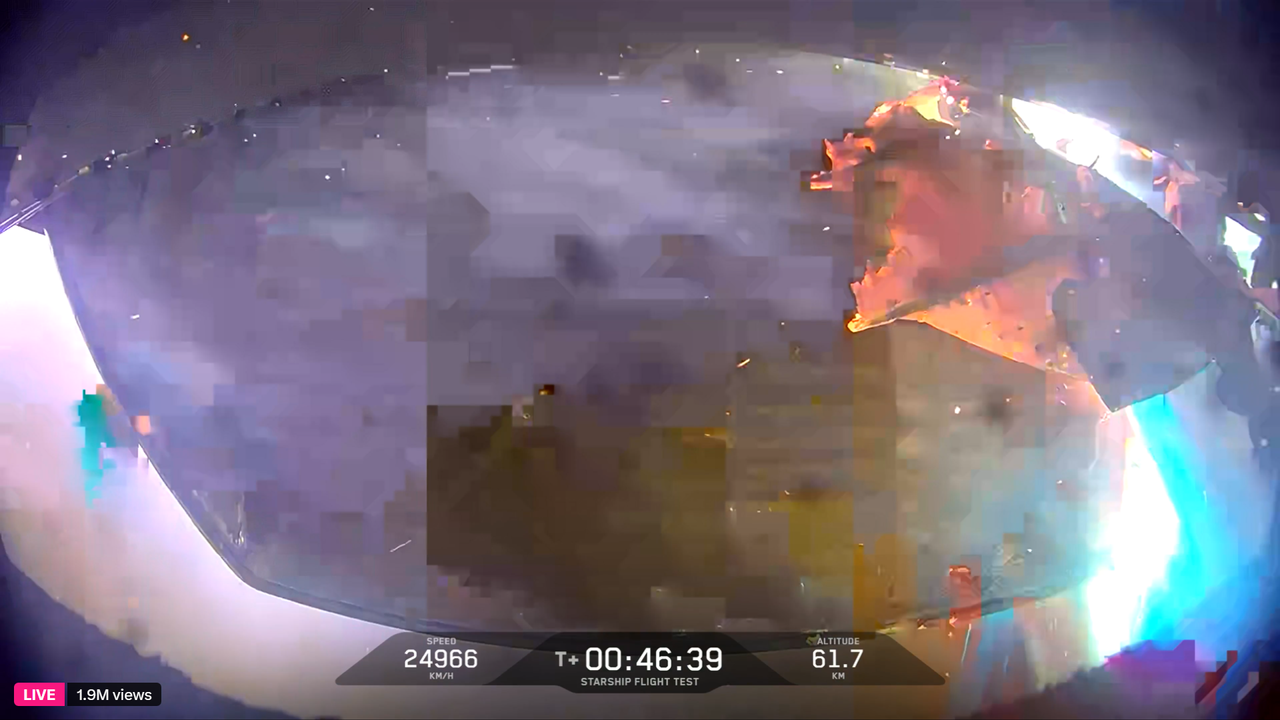The U.S. Federal Aviation Administration (FAA) has concluded its investigation into the recent failures of SpaceX’s Starship missions, allowing the company to proceed with Starship Flight Test 10, scheduled for August 24, 2025. The investigation followed the unsuccessful launch of Starship Flight 9 on May 27, which resulted in the loss of both the Super Heavy booster and the upper stage vehicle.
The probe, led by SpaceX with oversight from the FAA and support from the U.S. Space Force, NASA, and the National Transportation Safety Board (NTSB), identified separate structural failures in each stage of the vehicle. According to a SpaceX statement, these findings laid the groundwork for upcoming flight tests.
In addition to the Flight 9 mishap, an explosion occurred on June 18 at one of Starbase’s ground testing sites, destroying Ship 36 and damaging surrounding infrastructure. This incident arose during cryogenic fuel loading in preparation for a static fire test. SpaceX traced the explosion to a composite overwrapped pressure vessel (COPV) which suffered undetectable damage, leading to a propellant leak and subsequent explosion.
SpaceX has been refining its designs and procedures in response to these setbacks. The company plans to adjust the angle of attack for future flights to alleviate stress during booster descents. Notably, modifications to Super Heavy will include redesigned grid fins, transitioning from four to three aerodynamic surfaces that are 50% larger than current versions. These changes aim to enhance the booster’s trajectory control during descent.
On the Flight 9 mission, the Super Heavy booster, designated Booster 14, successfully executed a liftoff and a hot-stage separation. However, the vehicle exploded shortly after attempting a controlled splashdown in the Gulf of Mexico. SpaceX believes that increased descent forces ruptured an internal propellant line, igniting the liquid oxygen and methane fuels.
The upper stage, known as Ship 35, faced its own challenges after separation from the booster. Onboard sensors detected a methane leak in the nosecone, destabilizing the vehicle’s attitude control. While the systems compensated for the pressure change, the leak ultimately prevented planned maneuvers and led to the vehicle’s uncontrolled descent towards Earth. SpaceX lost communications with Ship 35 approximately 46 minutes into the flight as it descended over the Indian Ocean.
Following these incidents, SpaceX has implemented new inspection and testing procedures for COPVs, including non-destructive evaluation methods to detect internal damage. The company’s commitment to learning from these failures is evident in their statement: “Every lesson learned, through both flight and ground testing, continues to feed directly into designs for the next generation of Starship and Super Heavy.”
Looking ahead, Starship Flight 10 will be one of the final two tests for the current generation of the rocket, with objectives aimed at enhancing vehicle capabilities. SpaceX is under pressure to expedite the development of the next iteration of Starship and Super Heavy, especially as NASA has selected Starship as the lunar lander for the Artemis 3 mission, which aims to return astronauts to the Moon for the first time since the Apollo program in 1972. The launch is currently targeted for 2027, and ongoing issues with Starship’s development may impact this timeline.
The FAA confirmed that it has accepted the findings of the SpaceX-led investigation and noted that there were no reports of injury or damage resulting from the failures during Flight 9. With the green light from the FAA, SpaceX is set to proceed with launch operations for Starship Flight 10, with liftoff expected during a window starting at 19:30 EDT (23:30 GMT). Viewers can watch the mission live on SpaceX’s website and various platforms, including Space.com.
